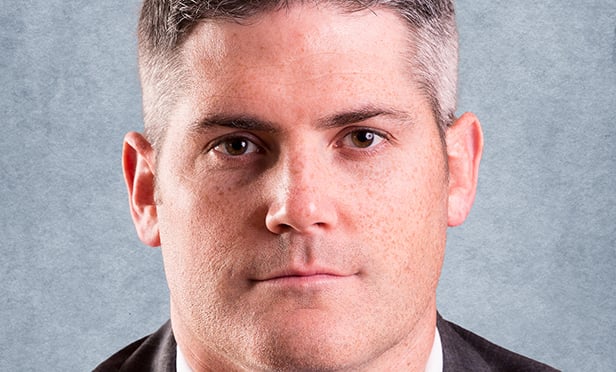[IMGCAP(1)]
BOSTON—What will the shopping experience be like in five years? Assuming the next recession has come and gone and retail has once again rebounded, it will be just that…experience, personalized and customized.
And we're seeing the start of it now, but only the start, says Karim Fadel, founder and principal of Unison Realty Partners here. You may recall that Fadel recently shared his thoughts on what a truly diverse real estate company looks like, so it's not surprising that his utopian view of retail centers focuses on diversity as well—the diversity of community.
As opposed to super centers that attempt to draw clientele from a wider geography, the successful retail center of the future, he says, will narrow its scope to the immediate neighborhood. "The tenant mix will cater more to the surrounding community and involve more food and entertainment and cultural options that reflect the needs and wants of the local population," he says.
And he says there are three drivers of that downsizing: "As Millennials grow in their purchasing power, their tastes are going to change and they will look more to destinations that are more experiential, as opposed to focused solely on goods." And, yes, while he recognizes that this trend is already starting, he says that in the next few years it will accelerate as retailers increase their margins by trimming offerings not locale-specific.
Also driving the change will be the continued growth of the Baby Boomer. "The age group 65 and over is expected to grow to 20% of the total population by 2030, compared to the 9% it was in the 1960s and the 13% it was 2010," he says. "There will be opportunities there." That means clearly a ramp up in medical centers and dental facilities but also in entertainment and restaurant options catering to the social needs of the older generation. After all, not everyone is a denizen of Chuck E. Cheese.
"There is a consumer shift among Baby Boomers," Fadel tells GlobeSt.com. "Boomers are actually willing to spend more than their parents used to on consumables and experiences." So the utopian retail center will also reflect local needs and wants that are generational.
The third major influence on the profile of local retail centers will be the exponential growth of the Hispanic community. "They're actually growing at a faster rate than many other populations," he says.
"And studies have shown that they have different shopping habits. They like to shop in groups and families. They like to have more experiences as opposed to just in-and-out shopping. Already. We're seeing more food options and chains catering to Hispanics."
Again, whether the center is Millennial- , Boomer- or racially-merchandized will be dictated more than ever by the owner's awareness of the local demographic. "Smaller grocery venues will also be more prominent," he says, as Whole Foods and others join the ranks of vendors scaling down and offering a larger choice of healthy, locally sourced goods but trimmed and tailored, again, for local needs.
We've heard for years about the growth of medical retail, but Fadel sees an acceleration of trade schools in retail settings and, especially in underprivileged areas, more field trips sponsored by local grocers and designed to teach schoolchildren about both business commerce and diet.
While the product mix may be more selective, what will become ubiquitous will be the technology. Every center will have an over-arching mobile app to keep shoppers on top of specials and features that are facility-wide, rather than individual store-based alerts.
The day of discussion over which will win--e-commerce or brick-and-mortar--is done, says Fadel, and clearly, brick-and-mortar has won. "According to the Census Bureau, e-commerce constitutes 7.4% of total retail sales," he says. "Despite what people have said, e-commerce has not taken over. The progression of those sales has also slowed, according to another study. In 2001 and 2002, e-commerce was growing at 30% roughly. Not we're seeing an increase of roughly 15%. By 2018 the progression of e-commerce will be around 11%."
[IMGCAP(2)]
He adds that the creation of brick-and-mortar sites by such dominant e-commerce players as Amazon speaks volumes. "The winning proposition is the omni-channel. According to ICSC, most shoppers do their browsing online, but when it comes to purchasing, they like to go to stores. Even 80% of Millennials would rather shop in stores than online. So actually rather than competing with each other they should benefit from each other."
Bigger is not always better, says Fadel. Smaller centers trimmed of fat and planned to suit the needs of the local community will be the winning combination of retail centers in the future. He says it's good for the retailers and good for the neighborhood. And that means it's good for the real estate investors.
And when everybody wins…that's utopia.
© Touchpoint Markets, All Rights Reserved. Request academic re-use from www.copyright.com. All other uses, submit a request to [email protected]. For more inforrmation visit Asset & Logo Licensing.







